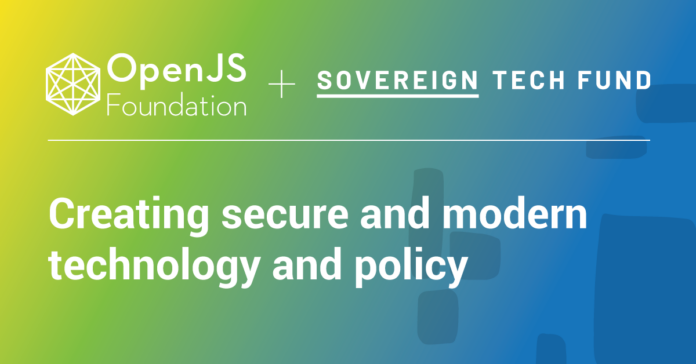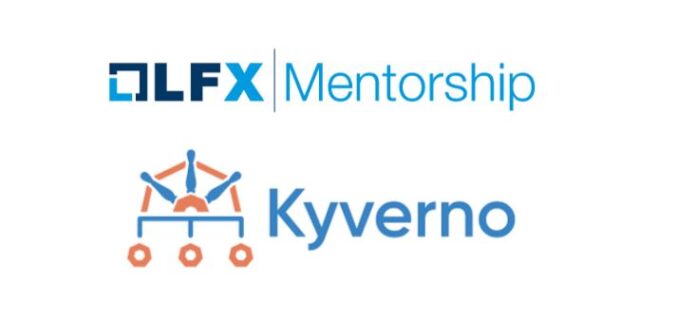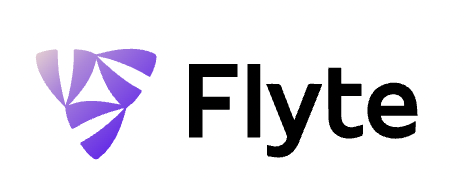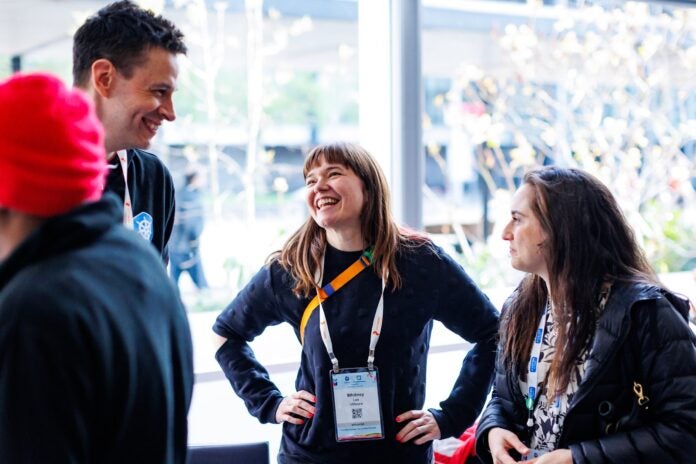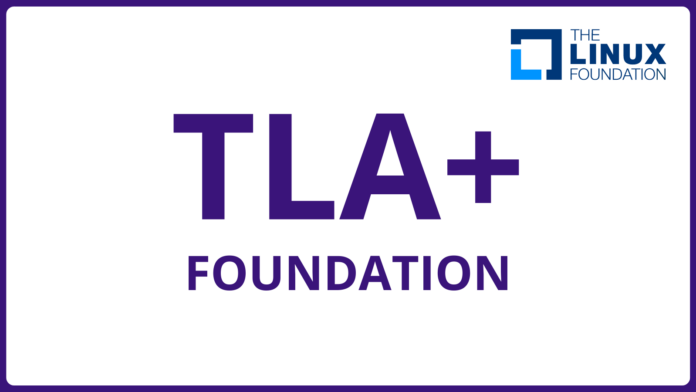Read the original post at: Read More
Applying for and working on LFX Mentorship at CNCF Kyverno Project: A first-person perspective
Read the original blog at Read More
Tuning glibc malloc on ARM: A Case Study
Excessive Page faults can negatively imp
Click to Read More at Oracle Linux Kernel Development
Deploy an application in Red Hat OpenShift on your laptop
Now that your environment has been set up, deploy a sample application on an OpenShift Local cluster.
Read More at Enable Sysadmin
AsyncAPI: A springboard for opensource professionals

Image: “Open Source Springboard” by Jason Perlow, Bing Image Creator
We all start studying and training in what we like with enthusiasm and optimism. However, as time goes by, difficulties arise, making us rethink our position and values. Are we good at what we thought we were? Are we heading in the right direction? Are we investing our time correctly? Do our skills define us? Who are we, after all? Shall we go on?
Hopes and expectations always appear as two key concepts. They go hand in hand from the moment we think about what we want to train in, what we want to do, and how we imagine ourselves in the future.
And if we are persistent, or we just made the right choices when choosing our studies, we finally go on: achieving goals, passing exams, and showing to ourselves and the rest of the people that we are improving our expertise and gaining knowledge. We can keep on with our path reaching what we thought was the top, at least at that point: we got a certificate! In the form of a BA, a Masters’s degree, or even a Ph.D.
Reaching that point, we think we have completed something, but, on the contrary, doubts are more intense than ever. At least, the stats tell us we are not alone. Numerous studies show that it is common to suffer an existential crisis at the end of our studies. Be finally a grown-up, serious, predictable. It’s scary, sure.
The abyss
If there is one thing that the end of a training program leaves behind, it is emptiness. What do we know, after all? What can we do now? How can we apply what we have been trained for, after all? Responsibilities are coming closer. It’s impossible to run away. Make a career, make money, and be happy… and the feeling of approaching the abyss arrives in our minds. The fun is over. And begins the unavoidable.
In most cases, the end of the training is perceived as the end of a critical period in our lives. However, it is more about what is coming next than what we left behind. The next stage began quickly. We need to get a job, be good people, and make a living. Be honest, humble, active, competitive, successful, friendly, fitter, happier, more productive… altogether… no stress.
So, the questions reach an even higher level: Are we good at what we decided to devote our lives to? Are we attracted to what we are doing? Why should I do this? Are we doing something valuable? Are we making a real contribution? To whom? Are we free?
Get off to a good start
Fingers crossed, having a good start when choosing a first job is crucial in our careers. Ability or just luck. Whatever it takes. Getting into a good platform for landing in the professional realm can expand our horizons and increase our confidence in the long term. Fasten the seat belts!
Not every company or project relies on newcomers with such confidence in their talent. But in the open-source context, AsyncAPI is safe territory for landing. As a growing project focusing on communication between asynchronous APIs, AsyncAPI is a suggestive place to start: evolving, open-minded, communicative, and empathetic… the project is all ears when talking about getting the best of talented people.
Without hierarchy, no worries, and no pain, AsyncAPI shows itself as the best platform for coders starting to grow at their own pace. It fits like a glove. Since the beginning and throughout the different stages that the project has reached until today, the values and premises are clear, supported, and respected. Transparency and horizontality are unquestionable. People are at the forefront, and goals will come later.
A welcoming atmosphere
As an open-source specification, extensible and protocol-agnostic, AsyncAPI aims to make working with EDA as easy as doing it with RESTful APIs is today. Helping is the main contribution of the project: on the one hand, making messages more machine-readable and contributing to standardize communication; on the other hand, facilitating the work of developers working in that field.
All that is in a work-based collaboration, co-creation, and engagement. They are undeniable. Nothing can be built without a bit of help from our new friends. That’s a whole new concept of what a work environment can be.
Feeling comfortable, welcome, and trustworthy is the only way to create a sense of belonging. So, AsyncAPI mainly relies on accepting difference as a virtue and valuing trust in people to construct a solid and coherent community. This combination is probably the secret to the community’s constant growth and the project itself.
Under these premises, AsyncAPI is increasingly involved in programs such as Google Summer of Code, Google Season of Docs, OpenForce, Outreachy, and even started AsyncAPI’s own Mentorship program.
The main motto is that everybody has something to contribute. The more eyes, the more perspectives. The first and foremost skill is the willingness and eagerness to learn. All people are welcome, and someone is always ready to help those who need it. So, the idea of not knowing something can finally be empowering. Let’s watch it this way, as a blank page for starting—a fresh view.
After an arduous journey, are we forced to forget our hopes and expectations when working? Can we still follow our dreams and make a living? Let’s not forget the ideals that pushed us at the beginning. Let’s not blur or erase the old memories of a young student daydreaming about the possibilities of a utopian Neverland. It’s worth being persistent and a lifelong learner if we know we are heading in the right direction together.
Barbaño González
Multiculturalism in technology and its limits: AsyncAPI and the long road to open source utopia

Image “Open Source Utopia” by Jason Perlow, Bing Image Creator
“Technology is not neutral. We’re inside of what we make, and it’s inside of us. We’re living in a world of connections – and it matters which ones get made and unmade.” ¬Donna J. Haraway
The body is the best and the only tool humans have for life; it is the physical representation of who we are, the container in which we move and represent ourselves. It reflects our identity, the matter that represents us socially.
Humans have differentiated themselves from other animals by creating tools, using elements that increase their physical and mental capacities, extending their limits, and mediating how they see and understand the world. The body is, thus, transfixed and intermediated by technology.
In the contemporary era, technological progress has led to global interconnection. Global access to the Internet has become the main propeller of globalization, a democratizing and liberating weapon.
It is a place where the absence of corporeality manages to resituate us all at the same level. It is a pioneering experience in which the medium can favor equality. It offers a space of representation in which anonymity and the absence of gender and ethnic, and cultural constraints facilitate equal opportunities.
A temporary autonomous zone
The absence of a previous reference of a historical past turned the Internet into a “temporary autonomous zone.” Thus, a new space was constituted where identities could be expressed and constructed freer. In this way, the Internet has provided oppressed collectives and communities with a means of alleviating cultural and gender biases in which people express themselves free of socio-political pigeonholing.
This same idea can be extrapolated to the new workspaces within technology. The modern workshop is on the network and is interconnected with colleagues who live in any corner of the world. This situation leads us to remote teamwork, multiculturalism, and all the positive aspects of this concept, creating diverse and heterogeneous teams where nationalities, ethnicities, and backgrounds are mixed.
In this idyllic world of the liberation of identities and construction of new spaces to inhabit, the shadows of the physical world, with a dense and unequal past, creep in. Open source projects have faced all these opportunities and constraints in the last years, trying to achieve the goals expressed within the heroic times of the internet in the ’90s.
Opening doors: For whom? For all?
AsyncAPI is an open source initiative sustained and driven by its community. It is a free project whose objective is to be made up of everyone who wants to participate. It follows the basic idea of being created by everyone for everyone.
Being part of the initiative is simple: join the Slack channel and contribute through GitHub. People join freely and form a team managing to take this project to a high level.
But all freedom is conditioned by the context and the system surrounding it. At this point, AsyncAPI as a project shows its limitations and feels constrained. Talking about an open, inclusive, and enthusiastic community is a start.
There is no widespread access and literacy to technology in all geographical and social contexts. Potentially and hypothetically, the doors are open, as are the doors to libraries. That does not mean that everyone will enter them. The clash against the glass ceiling makes up the technology field, specifically in software development. This conflict emerges from the difficulties of having a multicultural community rich in gender or ethnic identities and equality due to the limitations of the field.
In 2019 the number of software developers worldwide grew to 23.9 million and was expected to reach 28.7 million software engineers by 2024. In these promising numbers, there are huge inequalities. The majority of developers come from specific world areas, and women represent only 10% of the total.
Towards a utopian future: Let’s try it!
The data shows us that beyond the democratizing possibilities of the Internet, most of the advances are only hypothetical and not real. We can see approximately the same numbers reflected in the AsyncAPI community. The community knows what is happening and wants to reverse this situation by being more heterogeneous and multicultural. That’s a challenge that many factors influence.
AsyncAPI has grown in all directions, tackling this situation and creating an ecosystem that embraces variety. It comprises a community of almost 2,000 people of more than 20 nationalities from diverse cultures, ethnicities, and backgrounds.
AsyncAPI was born as an open source initiative, a liberating software model in every sense, a code made by all and for all. It is not a model closed exclusively to the technological field but a movement with a solid ethical base that crosses screens and shapes principles. That is why AsyncAPI is committed to this model. No matter how many external factors are against it, there is a clear direction.
The decisions taken now will be vital to building a better future – a freer and more inclusive one –. We do not want a unidirectional mirror where only some can see themselves reflected. The key is to search for a diverse and multifaceted mirror.
Aspiring to form a community that is a melting pot of cultures and identities may seem somewhat utopian, but we believe it is a worthy goal to keep in mind and for which to strive. Proposals are welcome. Minds, eyes, and ears always remain open. Let us at least try it.
Barbaño González
How to install Red Hat OpenShift Local on your laptop
Install Red Hat OpenShift Local on your own machine to test your applications and configurations before deployment.
Read More at Enable Sysadmin

